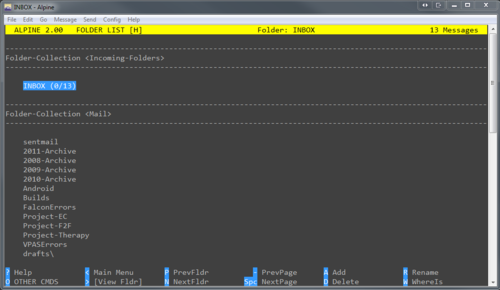The short, go here and buy instapaper
Instapaper, my number one app
Instapaper is a simple concept that is an amazing product. It takes webpages, archives them for later and redisplays them in a easily read format. Pretty much strips all that useless HTML crap and leave you with images that make sense and the text. I can only assume it works by magic, since it generally will pick up the good stuff and leave the bad stuff. For example, here is a recent article I told instapaper that I wanted to read later.

The website is actually pretty clean, nothing really over the top and everything seems tasteful. But now looks whats happens when it goes through instapaper.

Super clean and uncluttered.
This app is the most important app on any iOS device I own. If I see something remotely interesting on my iPhone, iPad or work/home computers the article is sent to instapaper. Within a minute I have a nicely formatted item to read. I don’t even really read most websites anymore, I read a few sentences and if it looks interesting I know I can watch it at my leisure later.
Simple, effective and cheap. I send Marco Arment $3 every so often on the subscription plan just because I feel that this is such an awesome utility. If you have an iOS device you owe it to yourself to buy this app and use it for a week.
How do I find articles?
For those who don’t want to install bookmarklets, then instapaper has a built in browser with a dedicated read later button plus it has an awesome list where some excellent articles are curated, I especially like the long read option. In the past few weeks I have read some excellent before bed reading on a pair of twenty something international arms dealers and a collection of articles on the nuclear disaster in Japan.
If I could read everything through instapaper I would.




